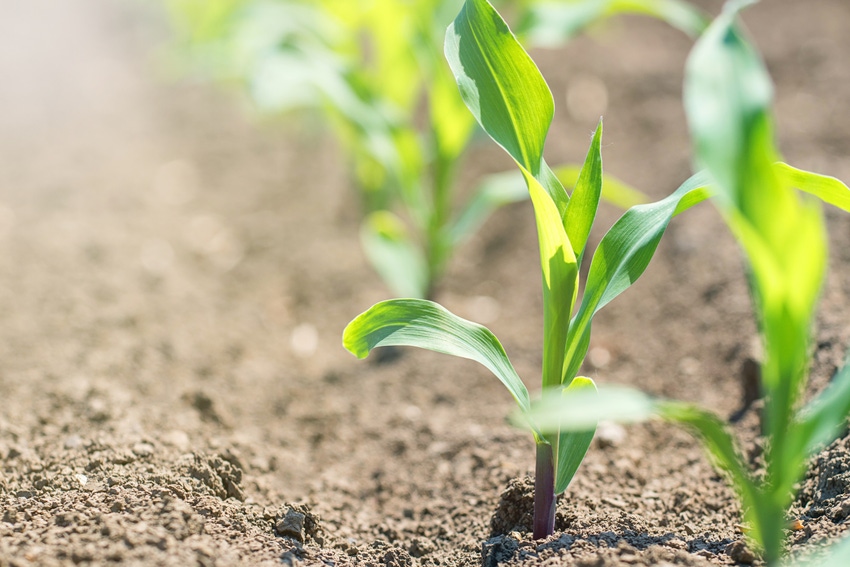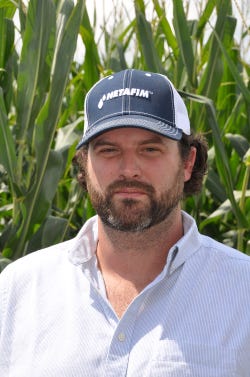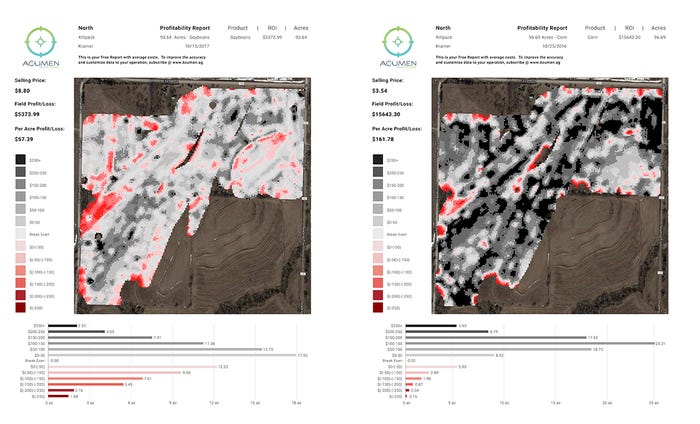May 16, 2019

Think Different
Fifth-generation family farmer Steve Killpack has spent the last 15 years trying to identify ways to improve his operation economically without compromising environmental integrity. It led him to create software that uses automated data in a simplified process to help him and other farmers understand what drives profitability on their farms.
When Steve Killpack talked with farmers and farm advisers at a 4R-Plus meeting near Ames at Iowa State University’s FEEL farm last July, he was curious about which inputs were most likely to be applied variable rate. As a farmer and crop consultant on about 200,000 acres near Beebeetown in western Iowa, he had known about 75% of farmers variable rate phosphorus and potassium, and even more variable rate lime. Only about 5% variable rate nitrogen, even though nitrogen has the most variability in the soil.

So many factors affect nitrogen rates—organic matter (mineralization), soil texture, high risk of N loss in low areas with too much rain, previous crop (four times as much carbon in corn residue as soybean residue), carbon to nitrogen ratio, weather (loss to leaching), soil pH (microbes are greatly influenced by pH) and soil health (microbial action). “Determining nitrogen rates can be challenging, but if we analyze the factors involved, we can come up with solutions. We really need to work on N rates.”

Killpack has created software that extracts information from farm input and yield data that simplifies decision-making for farmers to optimize profits and protect resources on the farm. Nitrogen application rates are an important part of the software. Analyzing results on his farm and others for the past few years has led Killpack to take these steps on his farm for more profit:
Soil texture (water holding capacity) and pH drove our yields. We’re using electroconductivity to better delineate our soils for this.
We will adjust nitrogen rates to maximize yields and profitability, and improve residue decomposition by leaving some N in the stover after harvest to feed soil microbes.
We’re going to apply more N with the planter and with multiple in-season applications, and would like to fertigate during grain fill. Our goal is to improve nitrogen efficiency and limit loss to the environment.
Our goal is to irrigate 90% of our acres, to provide yield stability. The least profitable acres on the farm will have the highest rate of return with drip irrigation.
We’ll optimize nitrogen use by maximizing ear weight according to seeding rates.
We get our best soybean yields on our best soils, so we will increase nitrogen rates on our core soils to increase soybean yields.
We will continue with no-till, multiple and longer crop rotations, and cover crops.
Killpack’s website is Acumen Agronomics.
About the Author(s)
You May Also Like




